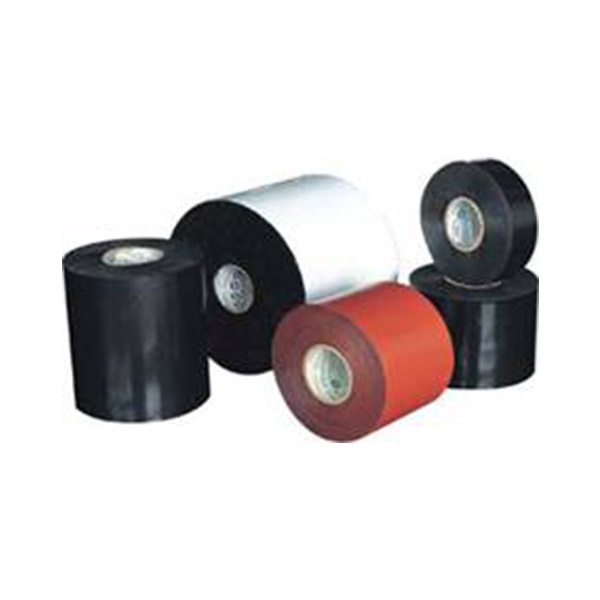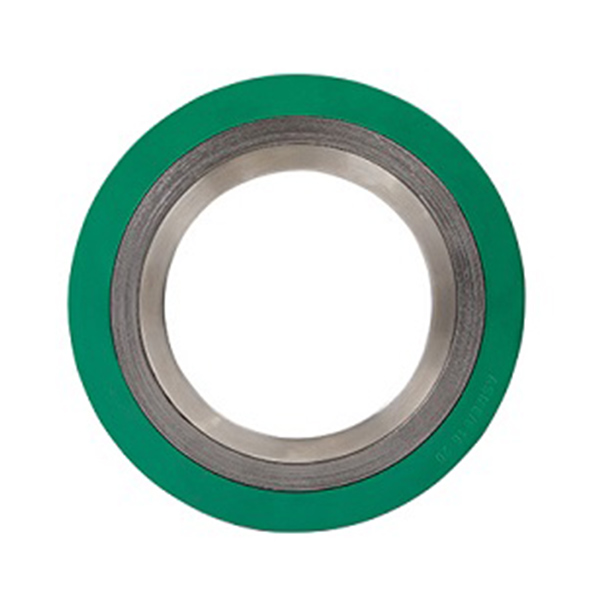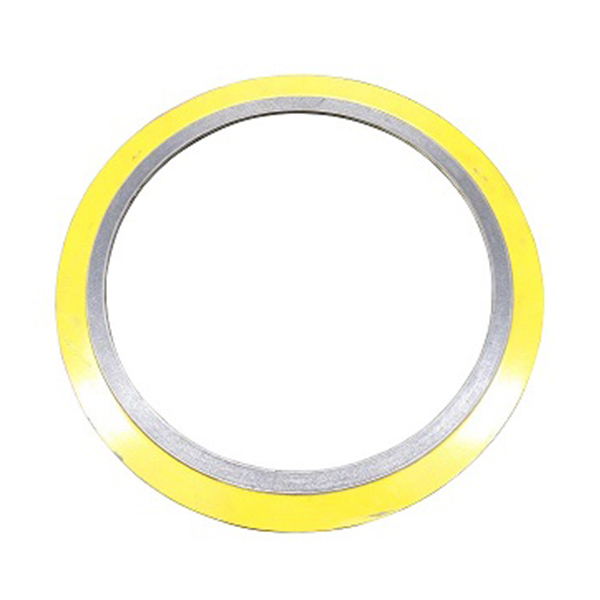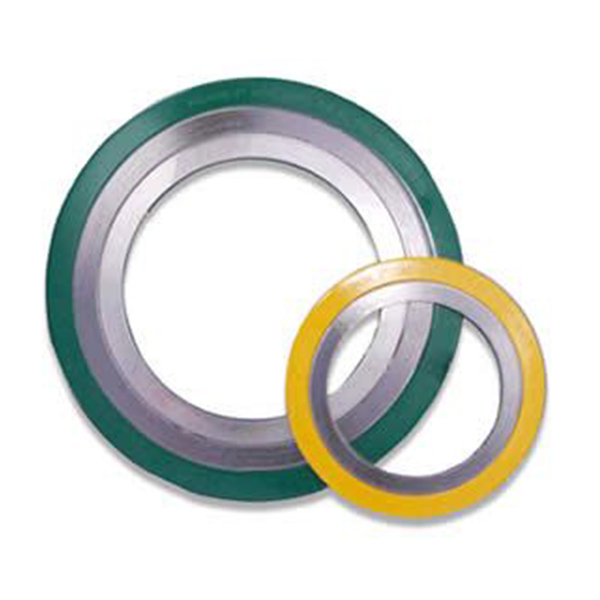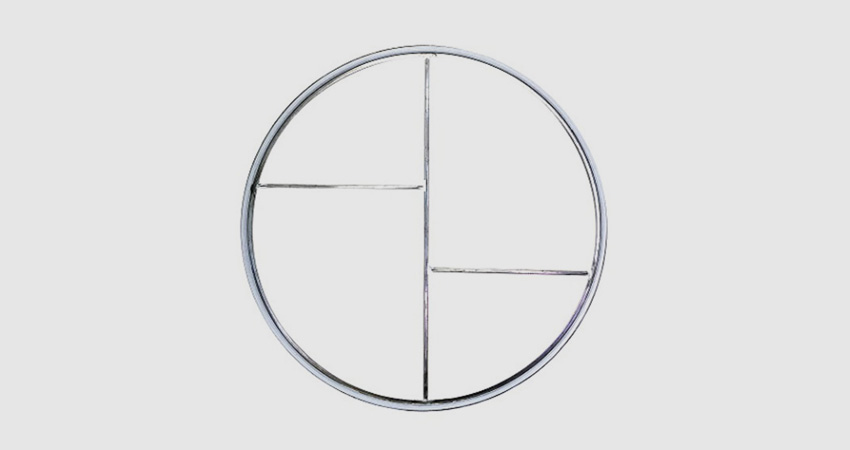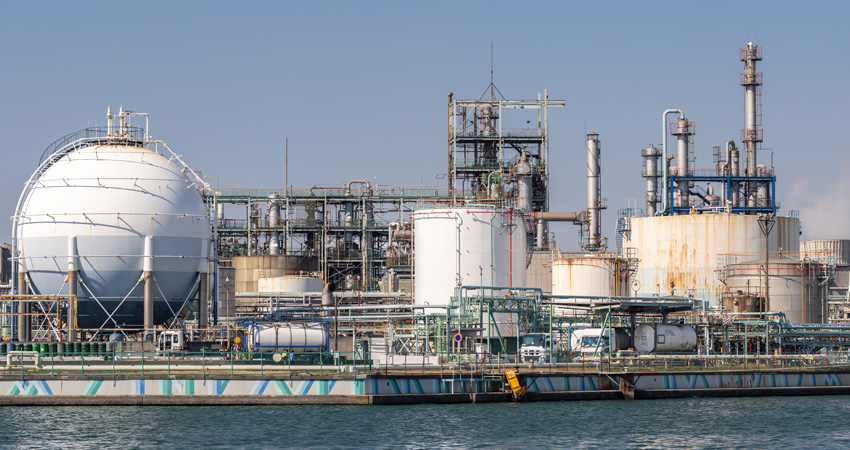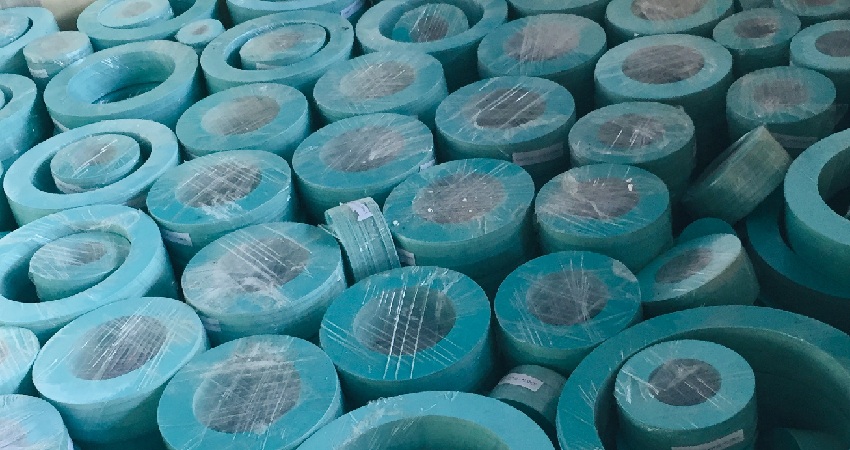Insulation Products
What Are Insulation Products?
Insulation products are materials designed to reduce heat transfer, sound transmission, and energy loss in buildings and industrial applications. They play a crucial role in improving energy efficiency, comfort, and sustainability. These products come in various forms, such as batts, rolls, boards, sprays, and loose-fill, each suited for specific uses. Common materials include fiberglass, mineral wool, cellulose, foam boards, and spray foam. Proper installation and selection based on R-value, thickness, and environmental factors are key to maximizing performance. Insulation helps lower utility bills, reduce carbon footprint, and enhance indoor air quality.
Types of Insulation Products
- Fiberglass Insulation: Made from fine glass fibers, available in batts, rolls, or loose-fill. Ideal for residential and commercial walls, attics, and floors.
- Mineral Wool Insulation: Composed of rock or slag fibers, offering excellent fire resistance and soundproofing. Used in high-temperature environments and acoustic applications.
- Cellulose Insulation: Derived from recycled paper products, treated for fire resistance. Eco-friendly option for attics and wall cavities.
- Spray Foam Insulation: Polyurethane-based foam that expands to fill gaps, providing an air barrier. Suitable for irregular spaces and high moisture areas.
- Foam Board Insulation: Rigid panels made from polystyrene, polyisocyanurate, or polyurethane. Used for exterior sheathing, basements, and roofs.
- Reflective Insulation: Consists of foil-faced materials that reflect radiant heat. Common in hot climates for attics and ducts.
Key Product Parameters and Specifications
Understanding the parameters of insulation products is essential for optimal performance. Below is a detailed table summarizing critical specifications.
| Parameter | Description | Typical Values | Importance |
|---|---|---|---|
| R-Value | Measure of thermal resistance; higher values indicate better insulation. | R-13 to R-60 | Determines energy efficiency and compliance with building codes. |
| Thickness | Physical depth of the insulation material. | 3.5 inches to 12 inches | Affects R-value and space requirements; thicker insulation generally provides higher R-value. |
| Density | Mass per unit volume, influencing compressive strength and sound absorption. | 0.5 pcf to 6.0 pcf (pounds per cubic foot) | Higher density improves durability and acoustic performance. |
| Fire Resistance | Ability to withstand fire, rated by standards like ASTM E84. | Class A (non-combustible) to Class C | Critical for safety and building code adherence. |
| Moisture Resistance | Resistance to water absorption, preventing mold and degradation. | Varies by material; e.g., foam boards have low absorption. | Ensures longevity and maintains insulation properties in humid conditions. |
| Environmental Impact | Factors like recycled content, VOC emissions, and global warming potential. | e.g., Cellulose has up to 85% recycled content. | Important for sustainability and green building certifications (e.g., LEED). |
Applications of Insulation Products
- Residential Buildings: Used in attics, walls, basements, and crawl spaces to enhance energy efficiency and comfort.
- Commercial Structures: Applied in offices, warehouses, and retail spaces for temperature control and noise reduction.
- Industrial Settings: Insulates pipes, boilers, and equipment to prevent heat loss and protect workers.
- HVAC Systems: Wraps ducts and pipes to maintain temperature and improve system efficiency.
- Acoustic Management: Soundproofing walls, floors, and ceilings in theaters, studios, and multi-family housing.
Benefits of Using High-Quality Insulation
- Energy Savings: Reduces heating and cooling costs by up to 20-30%.
- Environmental Protection: Lowers greenhouse gas emissions by decreasing energy consumption.
- Improved Comfort: Maintains consistent indoor temperatures and reduces drafts.
- Noise Reduction: Enhances acoustic privacy and minimizes sound transmission.
- Increased Property Value: Energy-efficient homes and buildings often have higher market value.
- Moisture Control: Prevents condensation, mold growth, and structural damage.
FAQs About Insulation Products
What is the R-value, and why is it important?
The R-value measures the thermal resistance of insulation materials. A higher R-value indicates better insulating effectiveness, meaning it reduces heat flow more efficiently. It is crucial for meeting energy codes, optimizing energy savings, and ensuring comfort in various climates.
How do I choose the right type of insulation for my project?
Select insulation based on factors like the application area (e.g., attic, wall), climate conditions, desired R-value, budget, and environmental preferences. For example, spray foam is ideal for sealing gaps, while fiberglass is cost-effective for standard wall cavities. Consulting with a professional can help tailor the choice to specific needs.
Can insulation help with soundproofing?
Yes, certain insulation products, such as mineral wool and dense fiberglass, are excellent for sound absorption. They reduce noise transmission between rooms or from external sources, making them ideal for residential, commercial, and acoustic applications like recording studios.
Is insulation environmentally friendly?
Many modern insulation products are eco-friendly, featuring recycled materials (e.g., cellulose made from newspaper) and low VOC emissions. Additionally, by improving energy efficiency, insulation reduces carbon footprint over its lifespan, contributing to sustainability goals.
How long does insulation last, and does it require maintenance?
High-quality insulation can last 20-30 years or more with minimal maintenance. It should be inspected periodically for damage, moisture, or settling, especially after events like water leaks. Proper installation ensures longevity, and some types, like spray foam, may require professional checks for degradation.
What are the safety considerations when installing insulation?
Safety precautions include wearing protective gear (e.g., gloves, masks, goggles) to avoid irritation from fibers, ensuring adequate ventilation to prevent fume inhalation, and following fire safety codes. Some materials, like spray foam, should be handled by certified installers due to chemical risks.
Can I install insulation myself, or should I hire a professional?
DIY installation is possible for simple projects like laying batts in attics, but complex jobs (e.g., spray foam or tight spaces) require professional expertise to avoid gaps, ensure proper R-value, and adhere to safety standards. Incorrect installation can reduce effectiveness and pose risks.
How does insulation impact indoor air quality?
Insulation can improve indoor air quality by reducing drafts and preventing moisture buildup that leads to mold. However, some materials may emit VOCs initially; choosing low-emission products and ensuring proper ventilation during and after installation mitigates this issue.
- View as

HDPE Rod

UHMWPE Sheet
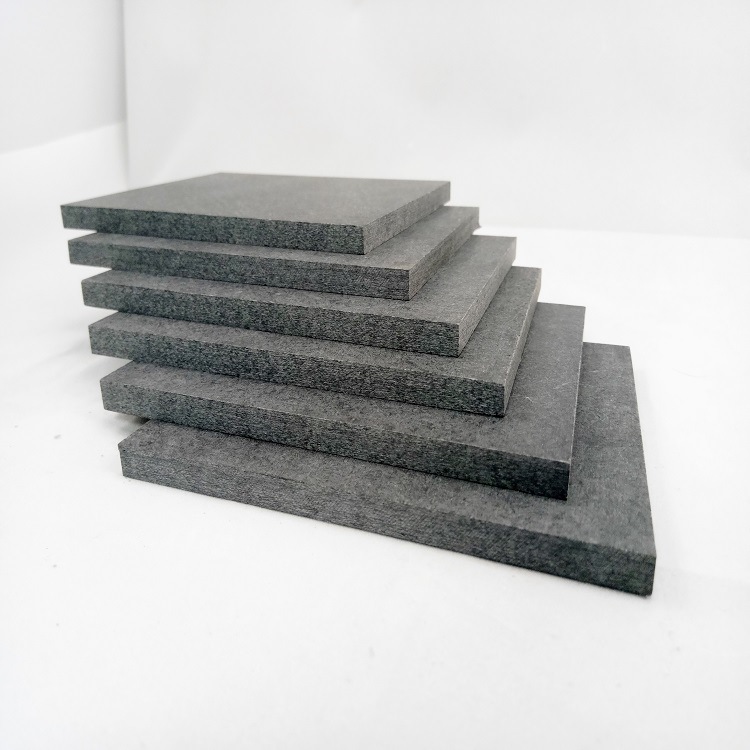
High Temperature Resistant Synthetic Stone

Paint Priming

Joint Wrap Tape
